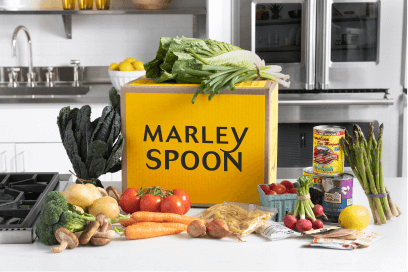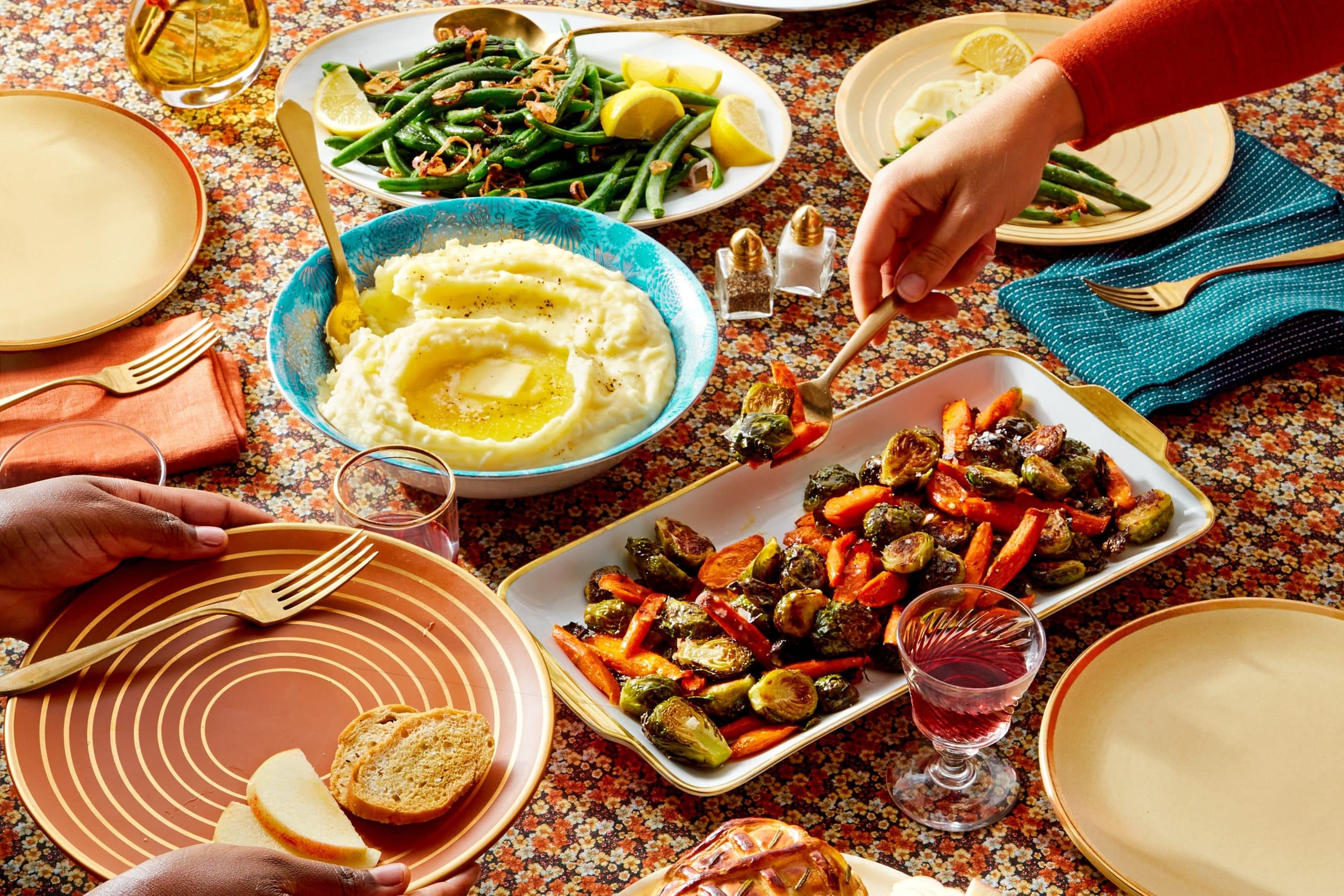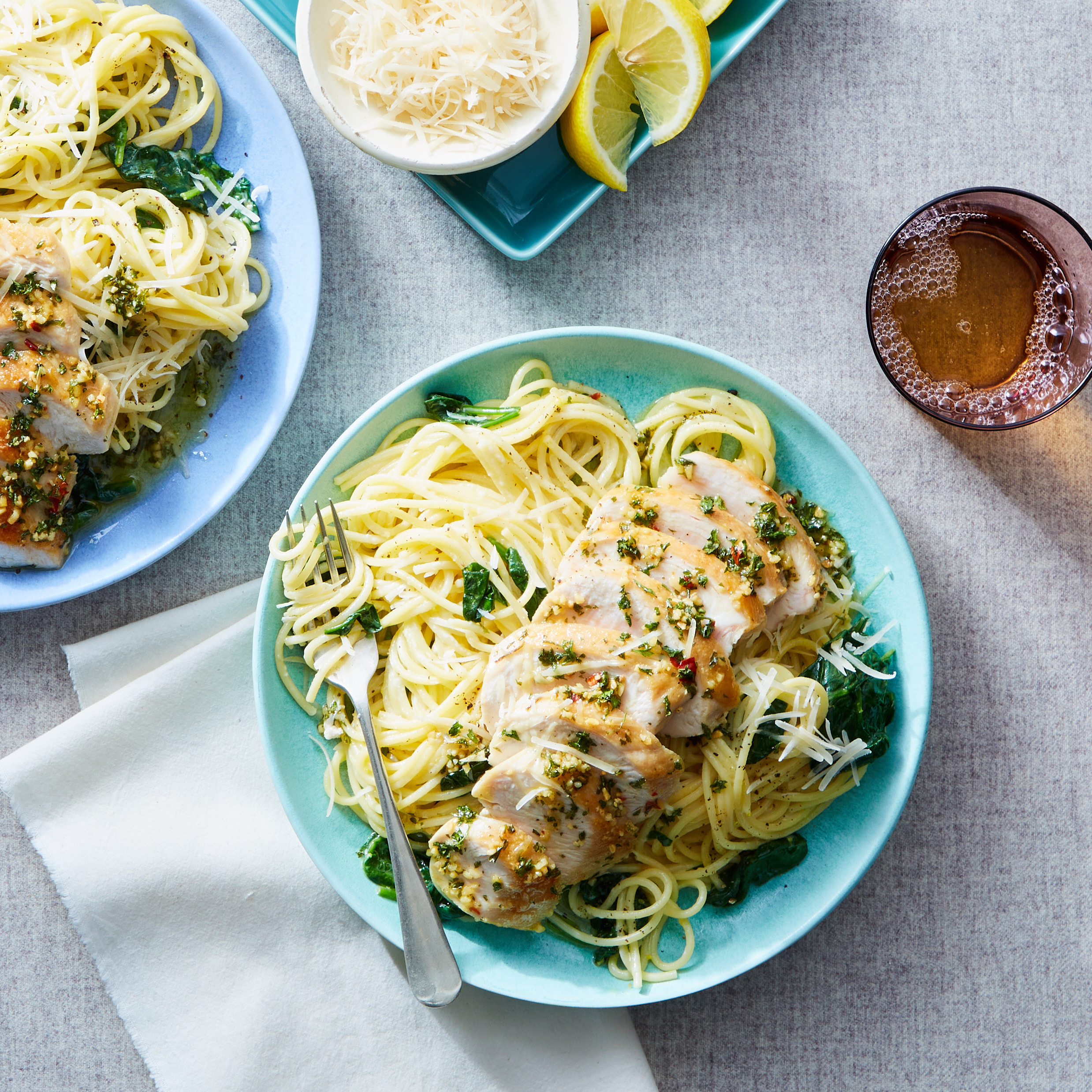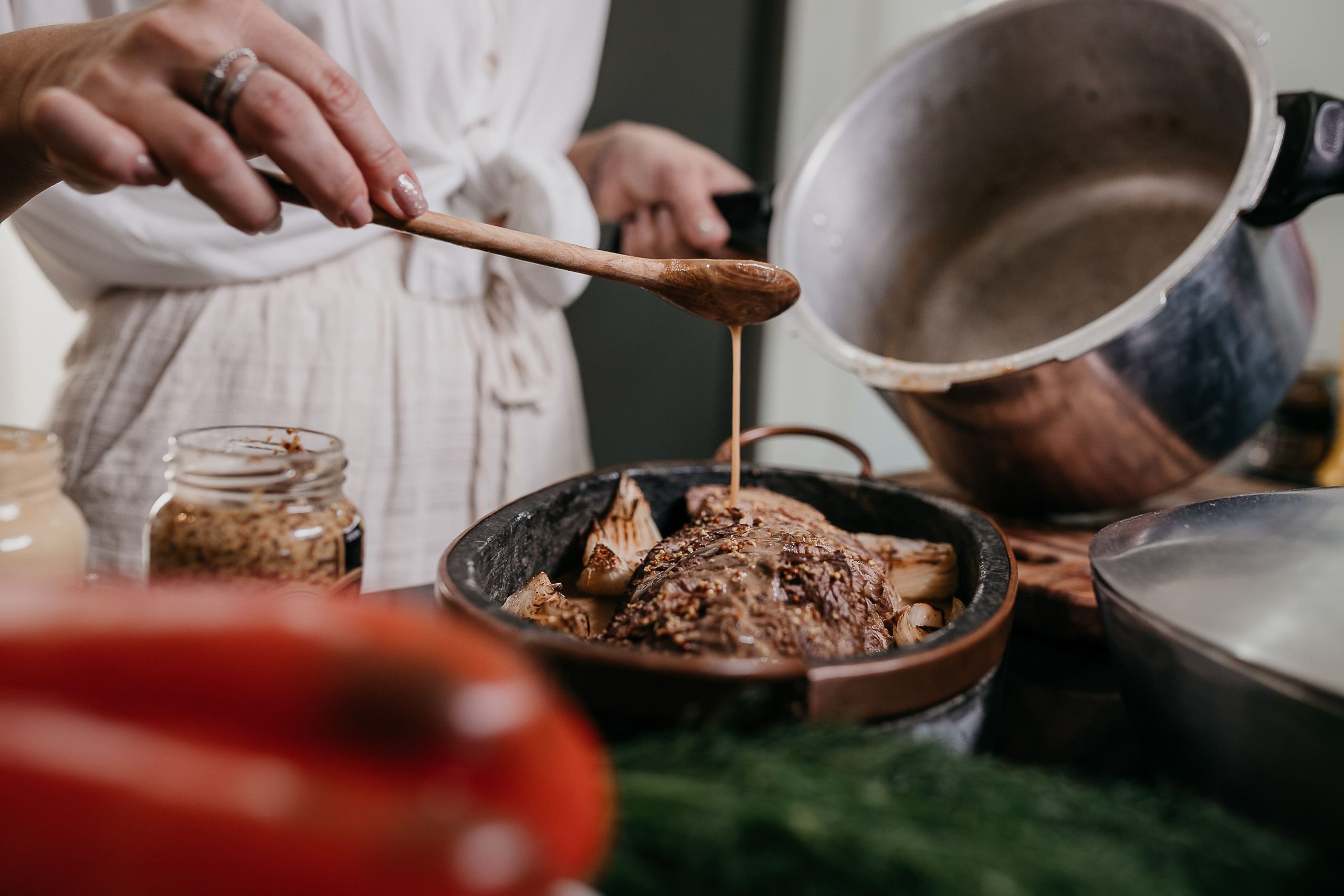Each time I involve her in the kitchen as I cook a meal, she seems more willing to eat better and more importantly, she seems to enjoy what she eats. She likes her whole grain pancakes better, if she’s helped whisk the batter. She ‘loves’ the boiled egg that I pack for her lunch, if she’s helped peel it in the morning. As a mother, it’s wonderful to watch.
Lately, she has been curious about using a knife in the kitchen. As someone who has taught cooking classes to preschoolers, I couldn’t be more excited!
I have put together 5 tips to help introduce knife skills to your little ones. I hope by teaching them simple cooking skills, we can instill in them a lifelong curiosity and love for food.
-
De-clutter your workspace: All you need are the ingredients, a child-friendly knife and a good, sturdy cutting board. A clean workspace means fewer distractions for your munchkin.
-
Have your child stand at a comfortable height: The kitchen counter should be at your child’s waist. Use a sturdy non-skid stool if needed.
-
Start off with simple projects: Use familiar, soft-textured ingredients to begin with: strawberries, peeled bananas, cheeses, boiled eggs (peeled and halved), tofu, to name a few.
-
Make fun conversation: Keep conversation light; you can talk about the colors and shapes of different ingredients (‘this red fruit is round like a circle’), different flavors (‘bananas taste sweet’) or something absolutely silly ’let’s give the strawberries a haircut’. The toddlers in my cooking class giggled every time I said that.
-
Teach them the ‘claw’ grip: Show them a ‘scary-bear’ hand. Now, teach them to hold the ingredient firmly in their non-knife hand with this ‘bear claw’ grasp—fingertips curled inwards and thumb underneath. Gripping the knife securely in their other hand, guide them to use a rocking motion to start chopping.
 Tips:
Tips:
-
Motor skills are needed for a child to use a real knife. If you are not comfortable, a safer alternative is to use a plastic, picnic, or butter knife. Child-friendly knives are also available.
-
Playdough is a perfect ingredient to practice knife skills with. It’s soft, malleable and fun.
-
Stabilize your child’s cutting board by placing it on a damp paper towel. You don’t want fruits and vegetables rolling off a shaky board, especially with unsteady hands.
-
Cut round fruits or vegetables into half before giving them to your child. This way flat surfaces can rest securely on the cutting board while they practice their knife skills.
 Safe Knife Handling: Reinforce the following as you talk to your child:
Safe Knife Handling: Reinforce the following as you talk to your child:
-
Remind them to have their eyes on the knife—always.
-
Show them how a knife should be placed, when not in use—on the cutting board with its blade facing away.
-
Show them how to pass a knife safely—by placing it on a flat surface (counter or cutting board) and letting them pick it up.
-
Remind them to never catch a falling knife—ever.
Recommendations:
-
Playdough: Mary’s Softdough is a non-crumbly, non-toxic natural playdough.
-
Knives: Curious Chef is a well-known brand of children’s kitchen tools. Their knives are quite popular among young children. Kinderkitchen (by the Swiss brand Kuhn Rikon) is another brand offering fun and practical kitchen tools for children.





